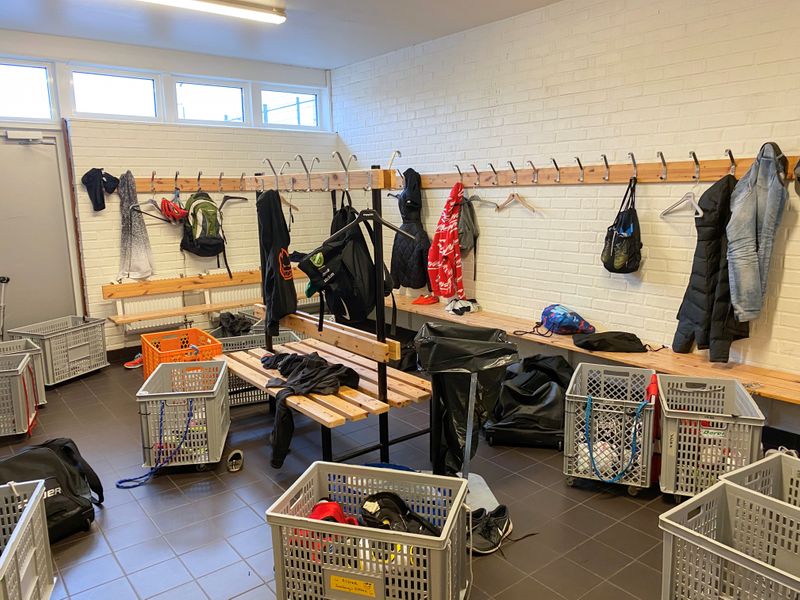GOTHENBURG, Sweden (Reuters) – Health authorities in Sweden and Finland are looking into a series of COVID-19 outbreaks on ice hockey teams that are believed to be one of the drivers of a sharp increase in new cases in the two hockey-loving countries.
The day after Swedish ice hockey team BIK Karlskoga defeated Vasteras in a game in late September, one of its players complained of a fever. Three days later, half of Karlskoga’s players and staff had tested positive for COVID-19 along with six players on Vasteras.
“I felt the earth shake beneath my feet when we got the results back. I thought maybe three or four players were infected and that it would be enough to isolate them,” BIK Karlskoga manager Torsten Yngveson told Reuters.
The club shut down completely for two weeks, disrupting preparations just as the hockey season was kicking into full swing. All the players and staff have since recovered.
The two Nordic countries are now jointly investigating why hockey teams appear more affected by the coronavirus than other sports. Both countries enjoyed relatively calm summers in terms of cases before the resurgence last month. Sweden’s Health Agency singled out hockey as a factor.
“Sports, especially ice hockey, seem to be very affected right now,” Anders Tegnell, the chief epidemiologist of Sweden’s public health agency, said in a news conference late last month.
Sweden, whose soft-touch strategy for containing the virus has gained global attention, registered 919 new cases on Friday, its highest daily total since June, while Finland registered 235, one of its highest daily tolls since the pandemic began.
The neighbouring countries have been at opposite ends of the pandemic spectrum, with Sweden one of Europe’s hardest-hit nations while Finland, which adopted tougher restrictions, has had fewer deaths. Yet they have the hockey-linked outbreaks in common.
The extent of the problem has been difficult to gauge, the Swedish health agency said, as players, of which there are about 135,000 registered across Sweden and Finland, are mostly young and may experience few or no symptoms from COVID-19.
Cramped changing rooms and bulky equipment that forces players to change at venues are highlighted as probable main causes for the outbreaks, but the damp and cold climate at indoor hockey rinks is also being scrutinized.
“Obviously the fact that it’s played on ice is having an impact – it’s likely that the virus preserves better in the cold. Also the warmer air rises and there is heavy ventilation at the rink,” said Lasse Lehtonen, head of healthcare diagnostics in the Helsinki region.
(Reporting by Johan Ahlander in Gothenburg, Sweden, additional reporting by Tarmo Virki, in Helsinki, Finland; Editing by Niklas Pollard and Paul Simao)
























